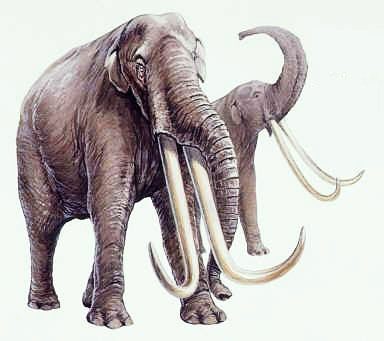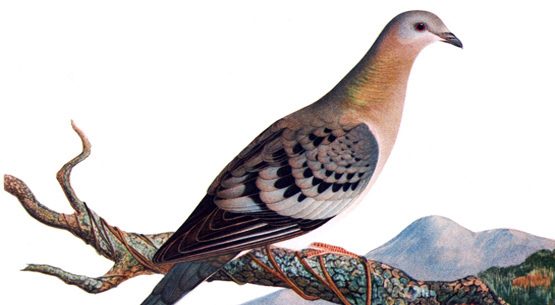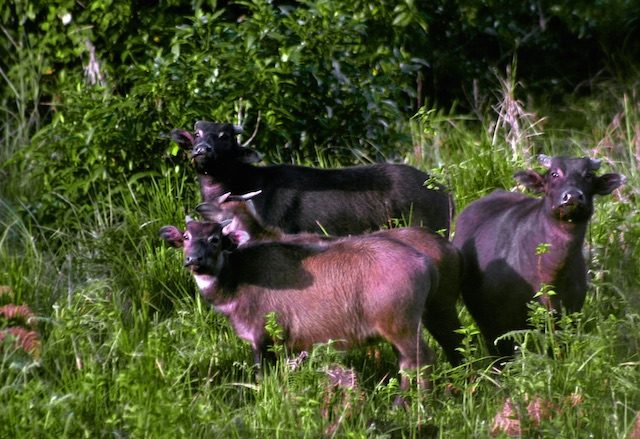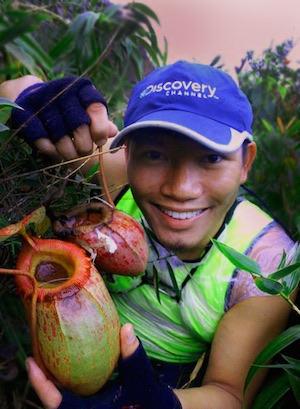SUMMARY
This is AI generated summarization, which may have errors. For context, always refer to the full article.

(UPDATED) Long ago, elephants, rhinoceros and giant tortoises roamed across the Cagayan Valley. Tigers once hunted prey in the jungled ridges of Palawan.
As proven by fossil finds, elephants, rhinoceros and giant tortoises roamed across the Cagayan Valley long ago. Tigers once hunted prey in the jungled ridges of Palawan.
Paleontologist Sylvio Lopez excavated the molar of a Stegodon, an extinct relative of modern-day elephants, between Cagayan and Kalinga Apayao in 1973. In 2008, the University of the Philippines Archaeological Studies Program announced the discovery of tiger bones in El Nido, Palawan!
As humans rose to dominate life on Earth, many species fell by the wayside. Gone are elephants, rhinoceros and tigers from the Philippines.
Extinction? It’s a natural phenomenon. Most plant and animal species last around 10 million years before disappearing. Some lucky ones last much longer. Coelacanths – ancient 6-foot long fish rediscovered in South Africa in 1938 and in Indonesia in 1997 – have been around for over 360 million years!
What’s alarming is the turbocharged rate of extinction – over 200 species are now disappearing daily. By the time you finish reading this, another will vanish.

The story of the Passenger Pigeon – once among Earth’s most common birds – is ominous. A single flock flying above Southern Ontario in 1866 was 1.5 kilometers wide and 500 kilometers long. It would have filled the sky from Manila to Ilocos Norte with birds!
In 1914, just 48 years later, Martha, the world’s last Passenger Pigeon, was laid to rest. Due to excessive commercial hunting, one of the planet’s most common birds was declared extinct.
Going, going, gone?
The Philippines hosts a mind-boggling menagerie of plant and animal life, many teetering on the brink. Among these are the Tamaraw, Philippine Eagle, Philippine Crocodile, Philippine Cockatoo plus other iconic species.
Unchecked deforestation, land conversion, coastal degradation, pollution, climate change and the introduction of foreign species are some of the major causes of biodiversity loss.
Fortunately, organizations like the World Wide Fund for Nature (WWF) stand at the forefront of conservation. The tale of the Tamaraw, a critically-endangered buffalo found only on the Philippine island of Mindoro, is encouraging.
An estimated 10,000 of them thrived in the early 1900s. The species was decimated by widespread logging, hunting, plus an outbreak of rinderpest contracted from imported cattle. In 1969, Tamaraw numbers dropped to less than 100 heads.

Today, due to strong conservation, enforcement and education efforts between the Far Eastern University, Tamaraw Conservation Programme, WWF and local communities, the population has recovered to 382 – the highest recorded since the year 2000. The initiative is called ‘Tams-2’ and aims to double the Tamaraw population from 300 to 600 by 2020. Conservation works.
What can readers do?
So what’s the best way for you to conserve endangered Philippine species? Knowledge is paramount – by knowing which animal and plant species are legally protected, you can educate peers while reporting illegal sales of endangered animals or animal parts in markets or on the web. Facebook and Twitter are powerful trade monitoring tools.
Steer clear from endangered animal products – go for sustainable alternatives. Resin starfish, faux animal pelts and plastic turtle shells look like the real thing. They are easier on your wallet and your conscience.
Support sustainably-sourced products like FSC (Forest Stewardship Council) wood. Don’t throw trash – especially plastic bags – in canals, rivers or the sea, where they can be mistaken by sea turtles, whales and dolphins for food – with often deadly consequences.
Lastly, you can support the various organizations working to ensure that what happened to the Passenger Pigeon won’t happen to the Philippines’ endangered treasures. WWF, Haribon, Conservation International, Greenpeace, and a host of committed groups all need your help.
Will we save all? Nope, because up to 99% of all life that ever lived on Earth are now gone. But together, we can stop the unchecked spiral of extinction. A founder of WWF, Sir Peter Scott, said it best:
“We shan’t save all that we should like to – but we shall save a great deal more than if we had never tried.” – Rappler.com
 Gregg Yan has gone toe-to-toe with trumpeting elephants in Sabah, horn-to-horn with feisty forest buffalo in Mindoro and fin-to-fin with a tiger shark in Palawan. He has published over 500 articles and photographs in a host of media. He works for a global conservation organization, investigating anthropological and environmental issues in the Philippines.
Gregg Yan has gone toe-to-toe with trumpeting elephants in Sabah, horn-to-horn with feisty forest buffalo in Mindoro and fin-to-fin with a tiger shark in Palawan. He has published over 500 articles and photographs in a host of media. He works for a global conservation organization, investigating anthropological and environmental issues in the Philippines.
Add a comment
How does this make you feel?
There are no comments yet. Add your comment to start the conversation.